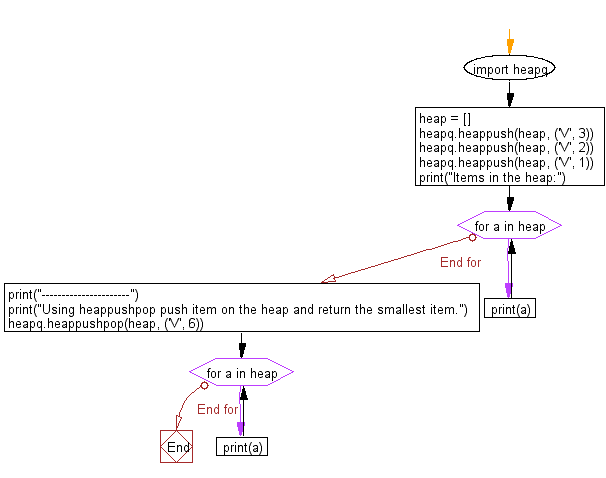

We will then proceed to initialize a variable q that will be our queue using queue.Queue(maxsize). We will begin by importing this module at the top of our program using the import keyword. Getting started with the Python queue module In this article, we will only learn how we can implement the queue data structure using the built-in module known as a queue. There are various ways that we can use to implement the queue data structure. Implementing the Python queue data structure

Okay, but what does a Python queue look like?Ī Python queue data structure is similar to a real-life queue as seen in a grocery store where the first customer on the queue is served first while the last customer on the same queue will be served last. This means that the first item in the queue is the first item to be removed while the most recent entry into the queue is the last item to be removed from the queue. Python queue is a linear abstract data structure that follows the first in-first out (FIFO) approach. What is the Python queue data structure used for?
#Python queue operations how to#
Last, but not least, let’s take a look at how to use the Queue class from the queue module as a third option to create a FIFO queue in Python. But adding to a deque is an O(1) operation. This is because as mentioned earlier, appending to a list is an O(n) operation. Print(f" -The first priority member is times faster!")Īs you can see, the deque is significantly faster. Now you can use this queue: namequeue = Queue() Next, let’s write a custom class for a queue that implements the operations enqueue, dequeue, front, rear, and isEmpty with the help of a list: class Queue: Now you know how to use a list as a FIFO queue in Python. Then let’s remove the names in the First In, First Out manner: queue = These can be used as the enqueue and dequeue methods respectively.įor example, let’s create a queue and add names to it. Python List as a FIFO QueueĪ simple way to implement a FIFO queue in Python is by using a list. Let’s start with a list that can act as a simple FIFO queue.

In this guide, we are going to go through three different ways to create a queue in Python: Now we are ready to get our hands dirty with queues in Python. Get the last priority item of the queue (on the left). Get the first priority item of the queue (on the right).

The items are dequeued in the same order as they were enqueued.


 0 kommentar(er)
0 kommentar(er)
